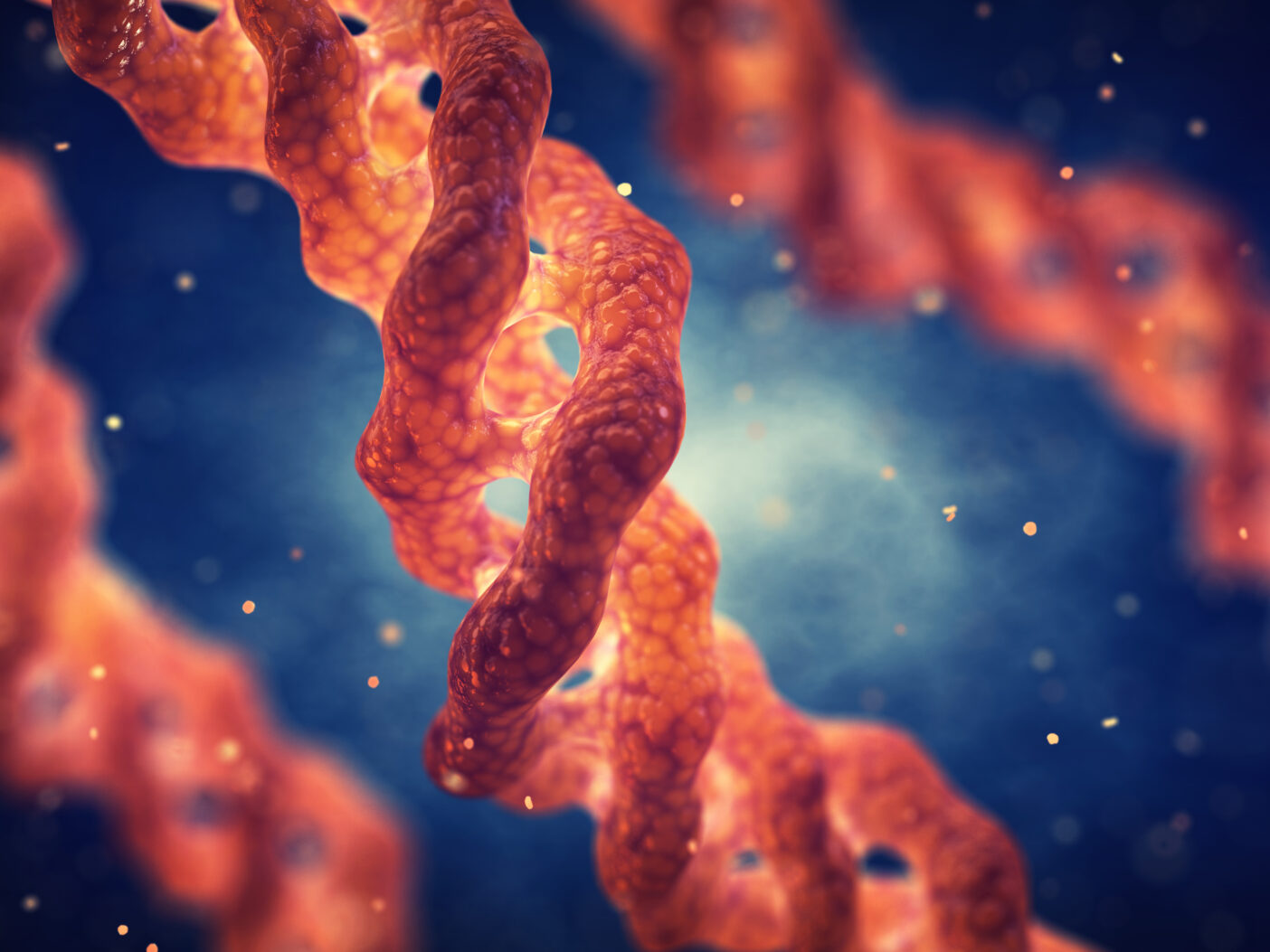Polypeptide 69: A revolutionary ingredient for skin care

In the world of skin care, there is a constant search for new and improved ingredients that can promote skin health and minimize the signs of aging. One of the exciting new additions in this regard is Polypeptide 69, a highly effective active ingredient specially developed by Evonik Operations GmbH. This innovative ingredient, known under the product name Vecollage Fortify L, offers numerous skin benefits and sets a new standard in dermocosmetics.
What is Polypeptide 69?
Polypeptide 69, also known as sh-polypeptide 69, is a recombinant collagen type III that is fully homologous to the human skin collagen sequence and is obtained through fermentation processes. It is a liquid active ingredient with an active substance content of about 2% and can be used in skin care products at concentrations of 2.5% to 10%.
Benefits of Polypeptide 69
Polypeptide 69 offers a wide range of benefits that make it a valuable ingredient in skincare formulations:
Improvement of the extracellular matrix (ECM): It inhibits enzymes responsible for the degradation of the ECM while stimulating the synthesis of its components, including collagen types I and III.
Increasing collagen content in the skin: By stimulating collagen synthesis, Polypeptide 69 helps to strengthen the skin structure and improve skin elasticity and hydration.
Improving the dermal-epidermal junction (DEJ): The active ingredient inhibits metalloproteinases (MMPs), which break down the ECM, and promotes the synthesis of its components.
Areas of application
Vecollage Fortify L can be used in a variety of skin care products, including:
- natural and biomimetic skin care
- dermocosmetic skin care
- anti-aging and pro-aging products
- moisturizing and rejuvenating skin care products
Scientific studies and results
The efficacy of Vecollage Fortify L has been substantiated by extensive in vitro and ex vivo studies. Here are some outstanding results:
- Inhibition of collagenase: Polypeptide 69 significantly inhibits the activity of collagenase, an enzyme that breaks down collagen and thus contributes to wrinkles and skin stiffness.
Stimulation of procollagen I and III: The active ingredient shows a dose-dependent induction of procollagen I and collagen type III in dermal fibroblasts, which promotes collagen synthesis and thus skin firmness and elasticity.
- Improvement of skin structure: Application studies in humans have shown that regular use of products with Vecollage Fortify L improves skin texture, makes the skin softer and visibly reduces wrinkles and fine lines.
In addition to Polypeptide 69, ReCol3® Powder is another innovative active ingredient in the world of dermocosmetics, developed by DKSH. This product is particularly interesting because it is a 100% natural collagen powder obtained from recycled leather scraps. A patented extraction process ensures that the bioactive collagen peptides are preserved and can thus develop their full effectiveness.
Properties and advantages of ReCol3® Powder
ReCol3® Powder is characterized by its high purity and bioavailability, making it an excellent choice for skin care products. The key benefits of this active ingredient include:
Stimulation of collagen synthesis: Similar to polypeptides 69, ReCol3® Powder promotes the production of collagen in the skin, resulting in improved skin elasticity and firmness.
Reducing the appearance of skin aging: By stimulating natural collagen production, ReCol3® Powder helps to reduce the visibility of wrinkles and fine lines, giving the skin a more youthful appearance.
Sustainability: The innovative approach of using recycled materials to obtain collagen makes ReCol3® Powder an environmentally friendly option in the skincare industry.
Areas of application
Due to its versatile properties, ReCol3® Powder can be used in a wide range of skin care products, including anti-aging creams, moisturizers and serums. It is also ideal for products that specifically target the needs of mature skin.
We have used these two terrific new active ingredients in formulations and you can take a look at them here:
Glow Serum
A feather-light texture with only 5 raw materials (!) for a great, lasting effect without being sticky.
High-End Body Lotion
A light and refreshing body lotion built around these new active ingredients.
Collagen synthesis is boosted and the skin remains vital and elastic.
Ideal after any athletic body workout.
Tip: Try it on wet skin after a shower – wonderful!
Ceramide Collagen Night Cream
A rich cream with a ceramide complex and Polypeptide 69.
The night-time resting phase is used to support the skin’s own processes.
Collagen Lifting Day Cream
A light texture with pullulan for immediate and polypeptide 69 for lasting lifting effect. Low-molecular hyaluronic acid, an antioxidant complex provide comprehensive protection throughout the day.
Conclusion
Polypeptide 69 and ReCol3® Powder are two groundbreaking active ingredients in skin care that set new standards in terms of effectiveness and sustainability. Polypeptide 69, developed by Evonik, has been shown to improve skin structure by stimulating collagen synthesis and inhibiting collagen breakdown. These properties make it a promising solution for those seeking more youthful and healthier skin.
On the other hand, ReCol3® Powder by DKSH offers an innovative and environmentally friendly alternative by using recycled leather scraps to obtain bioactive collagen peptides. This approach not only promotes collagen synthesis and reduces the signs of aging, but also contributes to sustainability in the industry.
Combining these advanced actives in skin care products can help provide a broader range of skin care solutions that are both effective and environmentally friendly. Manufacturers and consumers alike benefit from improved skin health and support for sustainable practices. These developments are not only revolutionizing the future of dermocosmetics, but also making it more responsible.
Literatur:
Bioprinted Gelatin-Recombinant Type III Collagen Hydrogel Promotes Wound Healing.
Huang J, Lei X, Huang Z, Rong Z, Li H, Xie Y, Duan L, Xiong J, Wang D, Zhu S, Liang Y, Wang J, Xia J.Int J Bioprint. 2022 Feb 24;8(2):517.